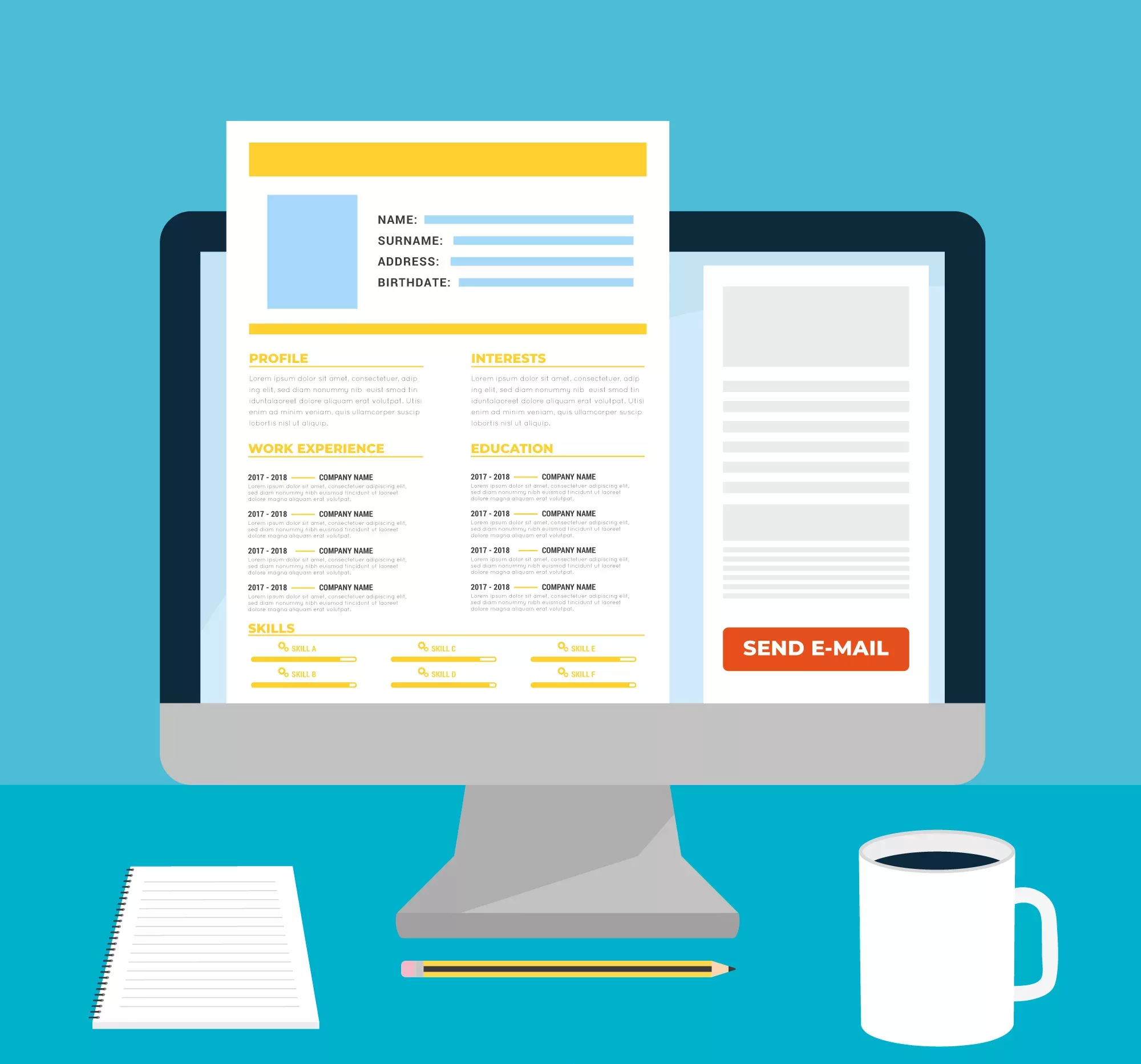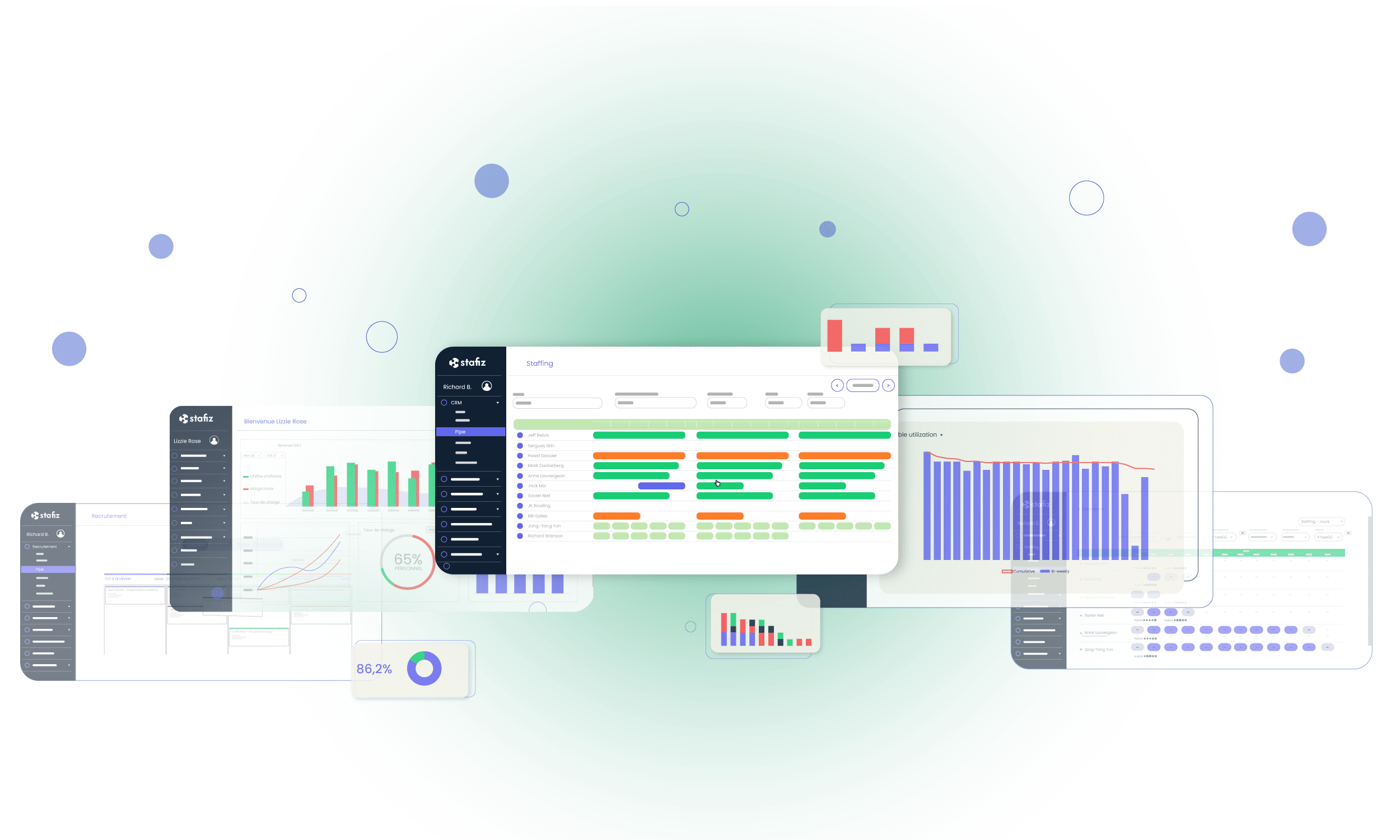9. How do I set up a project quoting and invoicing tool?

All of these topics demonstrate the importance of choosing project invoicing software that is right for your needs. Invoicing is a complex subject, in which the risk of error is high and which can waste a lot of time if the tools are not adapted.
So, what are the criteria for choosing the right project invoicing software?
1. How do you estimate costs, prices, and billing type for a billable project?
2. How to manage the risks of project overruns?
3. How can I get paid faster by customers?
4. How to manage complex billing arrangements
5. How do I take into account the invoicing of taxes? What about multi-currency billing?
6. How to manage invoicing between different entities of the same company (intercompany flows)
7. How can we simplify communication with customers?
8. How can I modify certain parameters that will impact invoicing during projects?
9. How to set up a project quoting and invoicing tool?
a. Ensure that the tool meets your needs
Every business has its own unique needs. You have to look for the software solution that best suits your needs. Several approaches can be used to identify an initial selection of suitable software:
- Interview companies that do the same activity to find out what software they use
- Search on software comparison sites such as Capterra, G2, ...
- Search the internet specifying the needs: "project invoicing", "project invoicing software", etc...
Establish a list of 6 to 8 most relevant software. Contact these software programs to discuss your specific needs. Demos allow you to understand the software's mastery of your particular cases and how it can respond to your problems.
At this stage, you should remember to go down a pre-established list of questions to ask to ensure that your approach is exhaustive and consistent between the different solutions.
b. Make history imports easy
At the time of the implementation of the solution, it is very likely that the historical data or at least those of the current year will have to be imported into the software.
So make sure that the software has a bulk data import module, in order to enter all the billing history, by client and by project.
This module should allow you to carry out the imports yourself, without the help of an integrator or the software publisher's teams. It should be simple enough that you don't spend too much time on this topic.
c. Ensure that the tool meets all standards, and manages electronic invoicing
The invoicing software must meet standard standards and must be able to adapt to the invoicing you carry out in all the countries in which your customers are located.
So check your special cases to confirm that they can also be handled with this billing tool.
With the switch to electronic invoicing, check that the invoicing tool will also meet the required criteria, to avoid having to change it in the near future.
The 9 problems of project invoicing and how does Stafiz help you solve them?
1. How do I estimate the costs, prices, and billing type for a billable project?
2. How to manage the risks of project overruns ?
3. How to get paid faster by customers?
4. How to manage complex billing arrangements
5. How do I account for tax invoicing and multi-currency invoicing?
6. How to manage invoicing between different entities of the same company (intercompany flows)
7. How to simplify communication with customers?
8. How can I modify certain parameters that will impact invoicing during projects?
9. How do I set up a project quoting and invoicing tool?

